| For 400 years Hermitage served as the "guardhouse of the bloodiest valley in Britain". Its history has sufficient intrigue, romance and violence to make the legend of the castle's builder fighting a giant wearing impregnable armour seem rather superfluous. The proximity of Hermitage Castle to the English border made it a particular prize for both countries. Even the building of it by the King's butler, Sir Nicholas de Soules in about 1240, almost brought the nations to the brink of war. It was disputed territory for much of its history. This can be seen in the great strength of the castle, which reflects both the wealth of its owners and its strategic position. It is the best of the medieval border castles to survive. | |
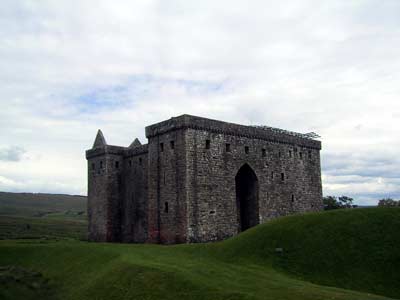 |
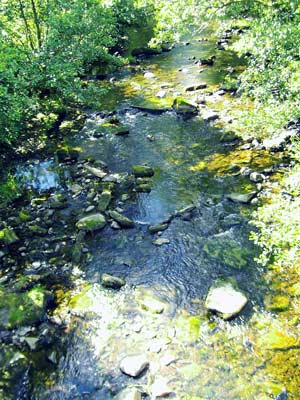 |
| The first Hermitage castle was a timber and earthwork castle. The Wars of Independence saw Hermitage Castle change hands several times. It came into the possession of Sir William Douglas in 1338, but after his murder in Ettrick Forest in 1353, his widow married and Englishman, Lord Dacre. Around about 1360, Lord Dacre began to replace the timber castle with a more domestic, fortified manor house. The central cobbled courtyard was flanked on either side by a range of apartments; the ground floor contained storage cellars. Above these were the main lordly apartments, which were reached by way of the stair in the north end of the courtyard. The upper floors are now missing but the quality of the surviving work is quite exceptional. It is possible that John Lewyn, one of the foremost English architects of the time, was employed by Lord Dacre to build his new house. Lord Dacre was deprived of his Liddesdale estates in 1371, probably before he could complete his new house. Hermitage returned to the Douglas family, in the shape of William, the first Earl of Douglas. The central courtyard was roofed over and additional upper storeys were added. This probably contained a lord's hall and a "laigh" or servant's hall.
Click here to see a reconstruction of the castle. |
|
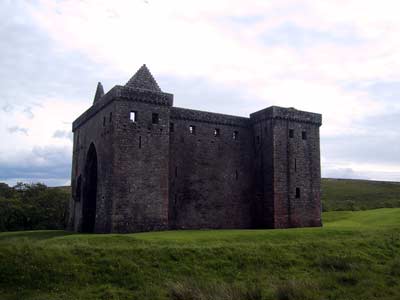 |
 |
| Because of the duplicity of the 5th Earl of Douglas he was forced to exchange Hermitage for Bothwell Castle in Lanarkshire, soon after 1492. The new owners were the Hepburn family from Hailes in East Lothian, who had achieved recent advancement as earls of Bothwell. It was here that in late 1566 Mary, Queen of Scots did the long journey from Jedburgh for a fleeting visit to James Hepburn, 4th Earl of Bothwell who lay wounded after a skirmish with a Border Reiver, Jack of the Park. Mary returned to Jedburgh on the same day but being thrown off her horse into a bog, she contracted a fever which almost killed her. She convalesced in a fortified house in Jedburgh now known as "Mary, Queen of Scots' House", a museum to the Queen. | |
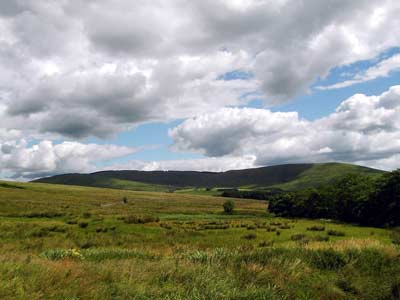 |
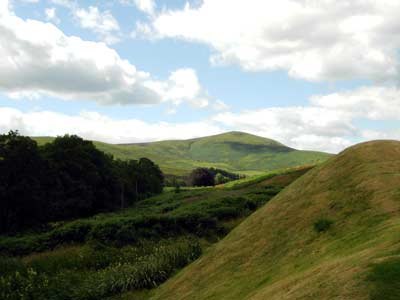 |
| A short distance away are the foundations of a 13th century chapel. The surrounding banks and ditches look defensive, and this site might have been an old manor-place with residential buildings of wood and just a private chapel built of stone. Nearby is a plaque marking "The Cout of Keilder's Grave", traditionally the grave of a Tynedale baron who terrorised these lands until he was drowned in the nearby Hermitage water. | |
 |
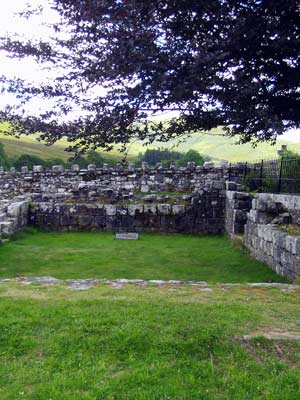 |
| Open all year. Tel.: 44+ (0)1835 822381. | |